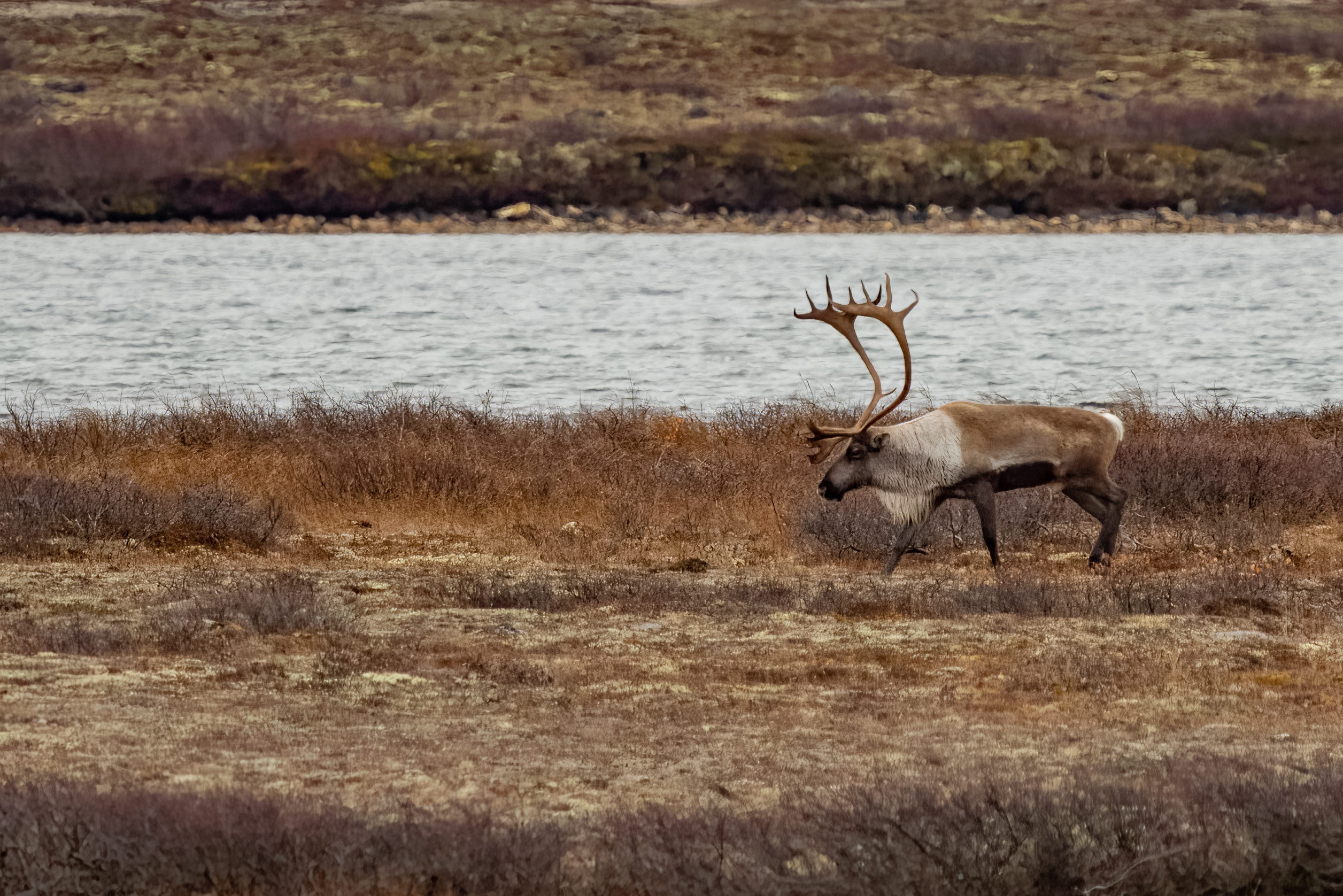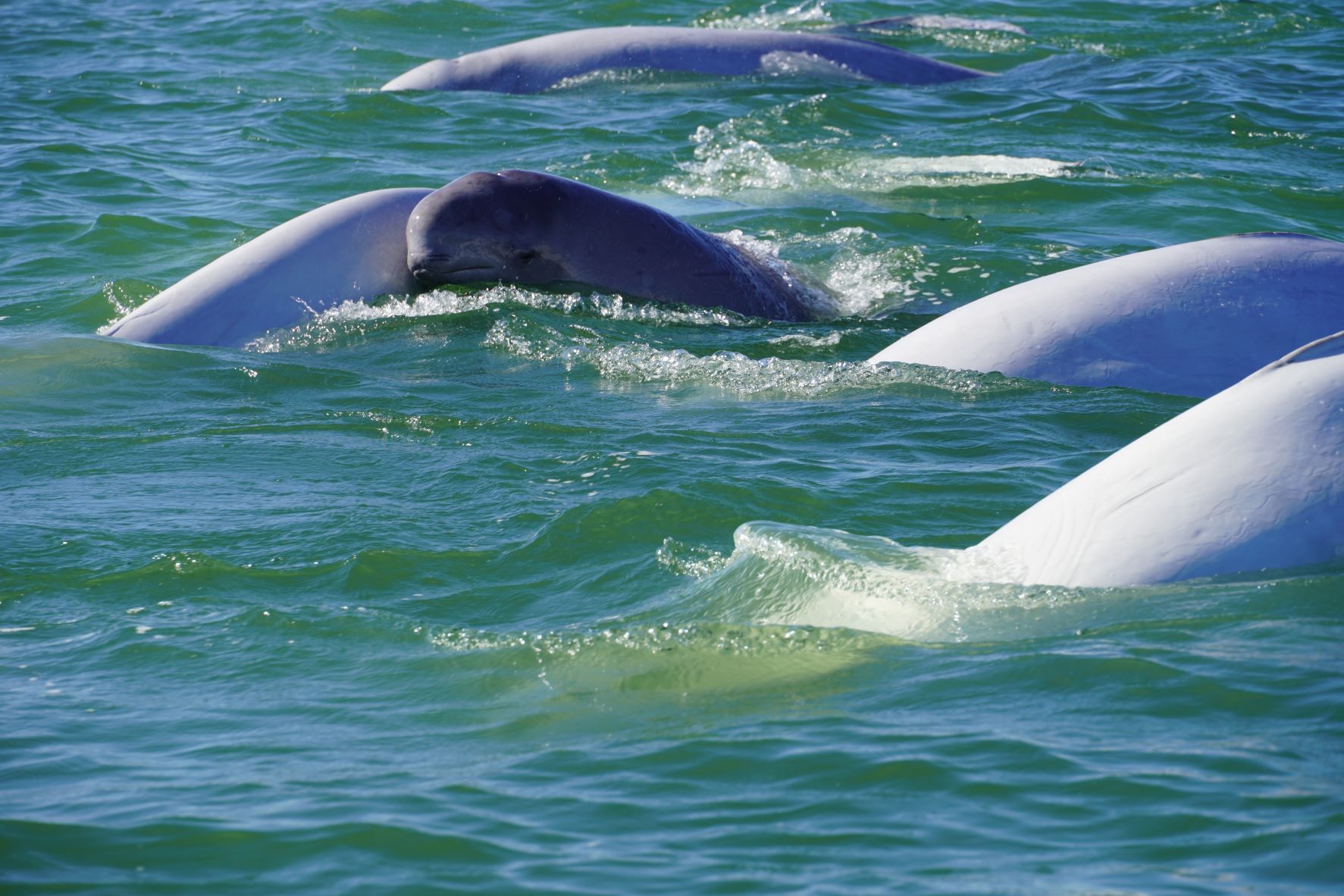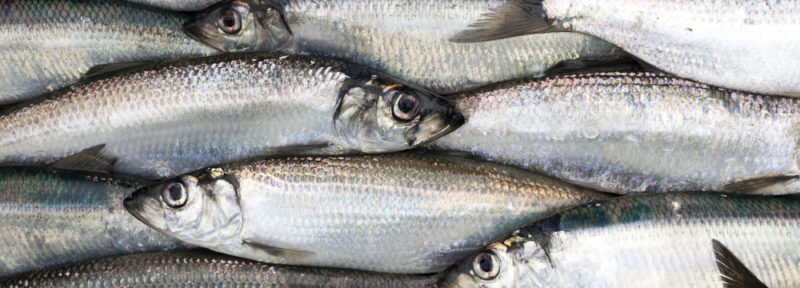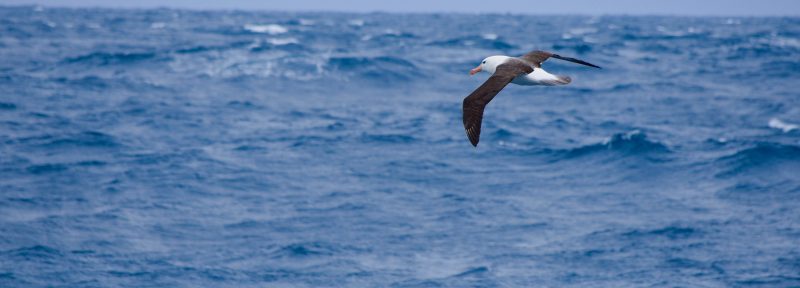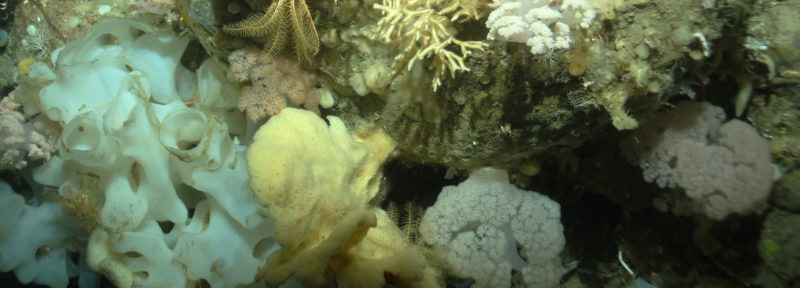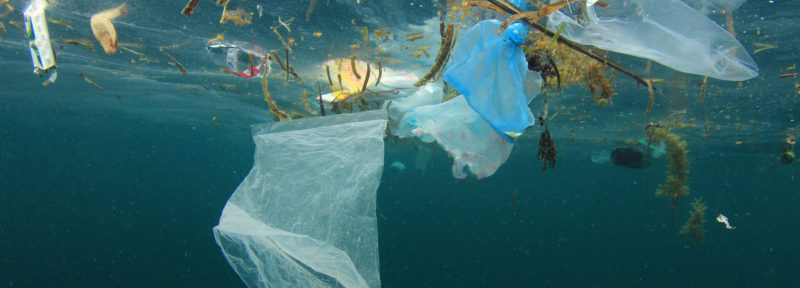An Important Step Towards Indigenous-led Protection of Seal River Watershed
Credit: Enrico Pescantini
The Seal River watershed could soon come under Indigenous-led protection. The federal government, the province of Manitoba and the Seal River Watershed Alliance signed a memorandum of understanding today that marks an important step towards ensuring the wellbeing of the region’s communities and wildlife.
This 50,000-square-kilometre expanse of tundra, forest and wetland in Northern Manitoba is an extraordinary repository of northern biodiversity, including culturally important caribou herds. A recent study co-authored by Oceans North’s science director also found that the Seal River estuary could be a key nursery ground for thousands of migrating beluga whales.
Credit: Paul Labun / Oceans North
Through the Seal River Watershed Alliance, Sayisi Dene First Nation has been working in partnership with the Northlands Denesuline Nation, Barren Lands First Nation and O-Pipon-Na-Piwin Cree Nation to conserve their ancestral lands and waters. Oceans North has helped support harvesting programs to improve food security and pass down knowledge and skills in Tadoule Lake, the Sayisi Dene community in the heart of the watershed.
Today’s announcement formalizes the commitment between governments and the Alliance to work together towards protecting this vital area. “This is a great example of how Indigenous-led protection can strengthen communities and reinforce connections to the land,” says Chris Debicki, Oceans North’s Vice-President of Policy and Counsel. “It’s encouraging to see the Manitoba Government working hand in hand with communities. Protecting these areas isn’t just about conservation—it’s an investment in jobs, economic reconciliation, and the health and wellbeing of communities that rely on the resources critical ecosystems like the Seal River provide.”
“Efforts to protect the Seal River show that what conservation can and should mean is expanding,” adds Louie Porta, Oceans North’s Executive Director. “By centering Indigenous leadership and looking at the watershed as a whole, the partners in this project are setting an important precedent for Manitoba and for Canada.”
For more information, read the joint press release on the Government of Canada website.

